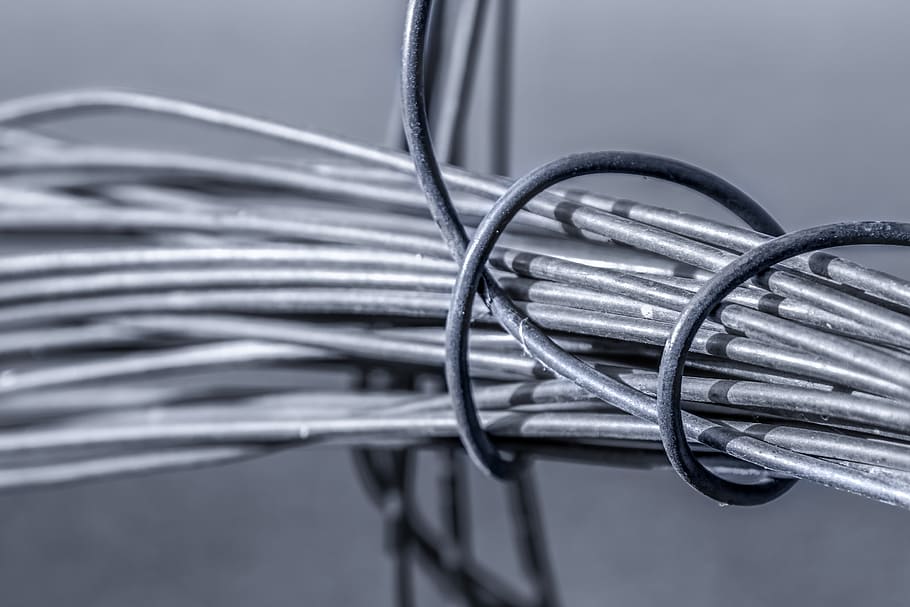
What Is Straining Wire, Binding Wire and Tie Wire, and Where Are They Used?
If you’re building a warm-weather diamond mesh or rolled welded mesh fence, chances are you’re going to need a few different types of wire to construct the fence structure.
In warmer climates, many rolled wire mesh fences do not have top rails like they do in North America, and since it never freezes, it’s perfectly okay to have holes drilled in posts. Here’s how the various types of wire used for this type of fence are an important part of the structure.
Straining wire
Diamond mesh and rolled welded wire mesh fences in warmer climates don’t have top rails, but they still need something to support the wire mesh.
This important part of the fence structure is usually based on straining wire, which is a thicker (3.15mm or 4mm) wire that matches the finish of the fence, that is passed through holes in straining posts at roughly 600mm centers up the body of the fence.
Straining wires are pulled tight using a tool that is sometimes called a “monkey strainer” that uses chains and a ratchet mechanism to pull wires taut so they can carry the wire mesh.
binding wire
The next kind of wire that is used on warm weather diamond mesh or chain link fences and rolled welded wire mesh fences is binding wire.
This wire is usually 2.5mm diameter and is used to “bind” the straining wires to the line posts or standards as they are also known. This is done by passing the binding wires through holes in the intermediate posts before twisting the ends together.
Tie Wire
Unlike North American fences, where tie wires are often pre-bent (and used to secure the mesh to line posts and top rails), tie wire in warm weather mesh fences is used to tie the mesh to the straining wires.
It’s usually the thinnest wire on the fence, at 1.6mm in diameter, and it’s used every foot or about 30 centimeters along each straining wire to secure the mesh. Like binding wire, tie wire is passed around the mesh and straining wire and then twisted together securely.
Twisting and Finishing Wires
Because so much of a warm weather mesh fence that is constructed with straining wires instead of top rails is dependent on wire, it’s very important that it’s used and finished properly.
A good pair of fencing pliers is a must, and it’s important that whoever installs your fence also takes the time to bend the “pigtails” formed when wires are twisted back on the fence so that they aren’t a hazard for passersby.


